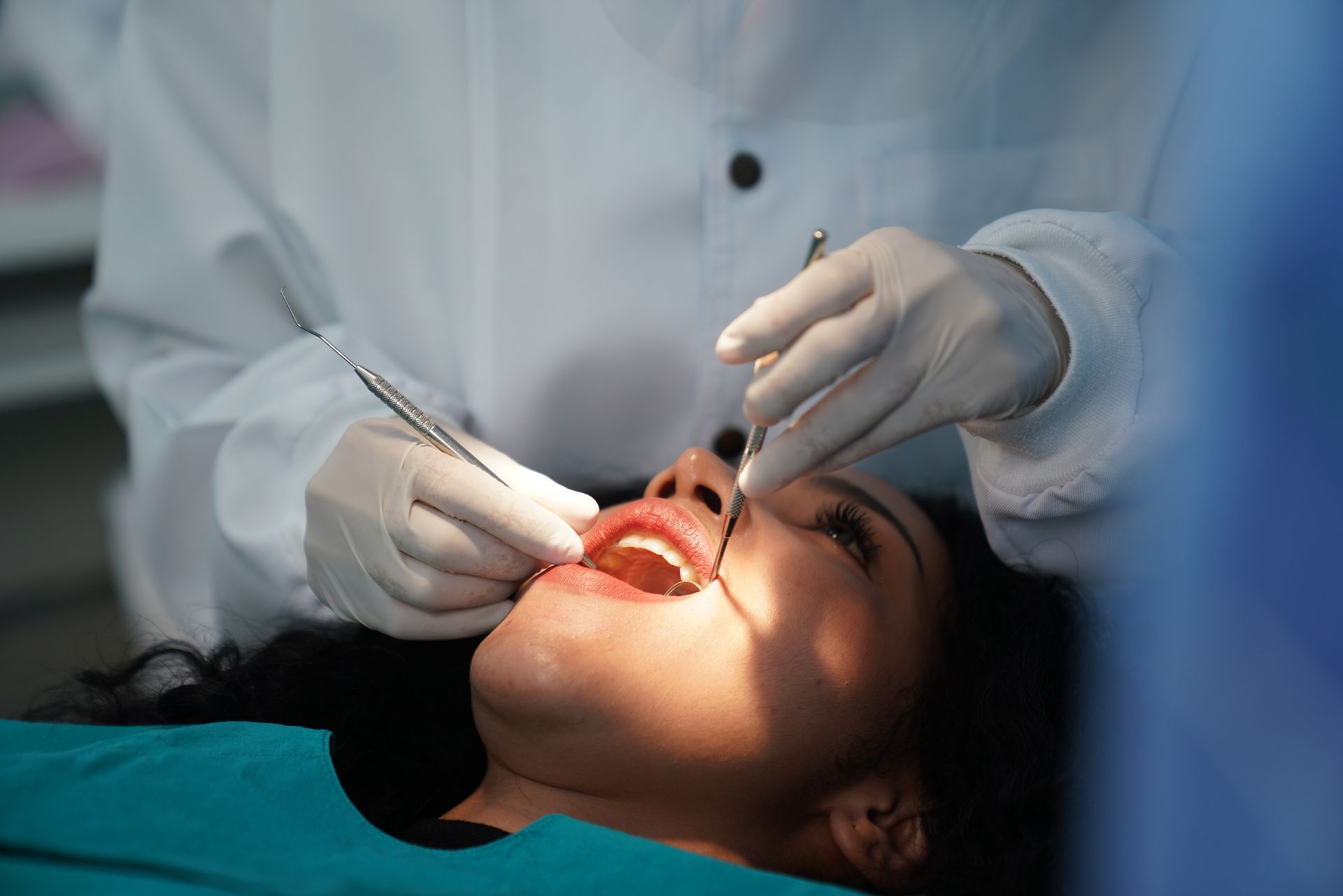Post-Filling Care: Symptoms To Keep An Eye On For a Quick Recovery
Dental fillings might seem like a check-it-off-your-list kind of deal, but the truth is, they're only the beginning of a meaningful journey. It's not just about the procedure itself but the post-filling care that truly counts.
Though this journey may seem daunting, it's merely a proactive dance between you and your oral health. But you still have to watch for any unusual symptoms that could make your life difficult. Here are a few symptoms to watch out for to ensure your smile sparkles long after leaving the dentist's chair.
Pain and Sensitivity
Experiencing a degree of pain and sensitivity following a dental filling procedure is not uncommon. However, if it persists or intensifies with time, it could indicate an issue you need to address quickly.
The reasons for the pain and sensitivity may vary from person to person, depending on factors such as the location of the filling, the type of material used, and the condition of your teeth before the procedure.
For example, the filling procedure can irritate the tooth's nerve, leading to temporary sensitivity. The nerve may become inflamed if it's too close to the filling, causing discomfort. Additionally, if your tooth was decayed or damaged before the filling, you may experience pain as it adjusts to its new structure.
This is considered normal. However, if the pain is severe or continues beyond a few weeks, it could mean that the filling is too high or deep. This could create some pressure when you bite down or expose the nerve.
The type of filling material used can also contribute to sensitivity. For instance, amalgam (metal) fillings can conduct hot and cold temperatures from foods and beverages quicker than composite resin (white) fillings—causing a short, sharp shock to the tooth's nerve. This sensitivity should subside within a few weeks, but if it persists, schedule an appointment with your dentist.
In some cases, the tooth's decay may have been so deep that even after treatment, the tooth's nerve could still be in a state of unrest, leading to what is known as irreversible pulpitis. This typically means the nerve was too damaged to heal itself, leading to ongoing pain. Your dentist may recommend a root canal to remove the damaged nerve and prevent further issues.
High Bite
A high bite, or an overly high filling, is a common issue that could occur after a dental filling procedure. It happens when the filling material extends higher than the natural contour of the tooth, disrupting the normal alignment of your bite. This usually results from the filling material shrinking or settling over time, creating a gap between your teeth.
Experiencing discomfort when biting down or chewing is a telltale symptom of a high bite. You may feel like there's something stuck between your teeth or that one tooth constantly hits against the other before the rest. This happens because the high filling creates an imbalance in how your upper and lower teeth come together, making the filled tooth contact the opposite tooth sooner than it should.
The repercussions of a high bite extend beyond discomfort while eating. The undue pressure on the filled tooth can cause toothache or exacerbate existing sensitivity. It can also lead to abnormally high stress on the jaw, manifesting as jaw pain or headaches. Over time, this can affect the health of the tooth's nerve and may even lead to conditions like Temporomandibular Joint Disorder (TMD).
You need to visit your dentist quickly if you suspect you have a high bite after a filling. They can quickly and painlessly adjust the filling height to restore your bite's proper balance, alleviate discomfort, and prevent further complications.
Monitoring your new filling doesn't stop at the dentist's office. Knowing what signs to look for will help you catch any issues early and ensure a smooth recovery process. Consult Henderson Family Dentistry for any concerns or questions about your new filling to ensure a healthy, happy smile.









